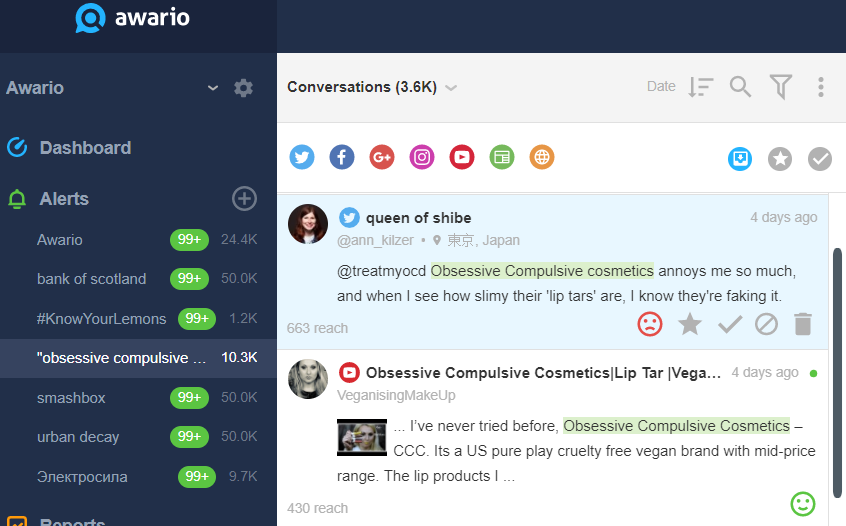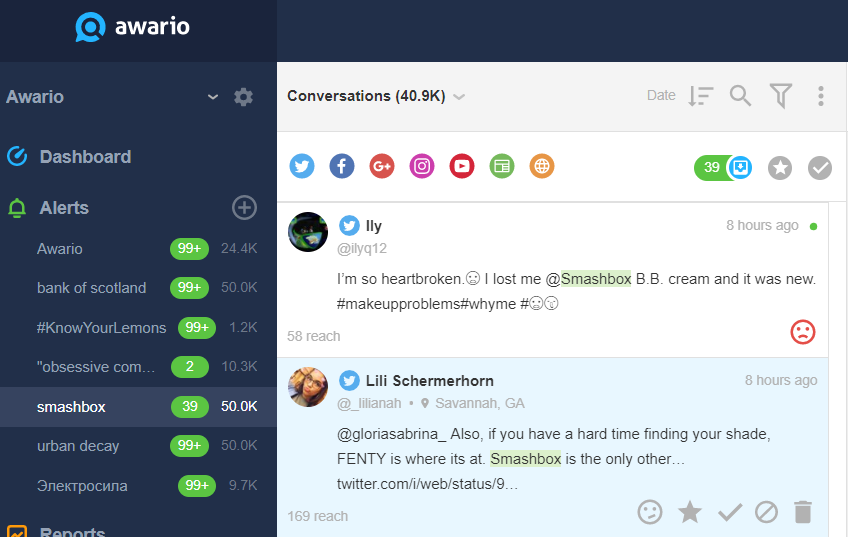How to get your customers' feedback without making them hate you

There is a variety of different ways to collect customer feedback. Creating multiple surveys (one every six months) and sending them by email to the customer base is usually the first method that comes to mind. Other methods include making customers answer questions right on the website. Questions appear in a pop-up window and distract customers from whatever they were doing. And that's not even the worst method. You might be surprised, but some companies still send surveys by post, and even a pre-paid envelope doesn’t make it worth going to the post office.
The problem is, a rare person enjoys surveys. They take up much time and don’t offer any instant gratification unless you offer incentives, which is a way that not every company can afford. And yet you need customer feedback: it’s one of the greatest sources of learning and ideas. Not collecting any means limiting your growth and understanding of the customers.
So what's the answer?
It's social media. Your customers are already on social media. They don’t have to perform any extra effort, and all their opinions are voiced voluntarily.
Besides, the quality of such feedback is different. It’s intimate, it comes from the audience, not from the researcher. As a result, the feedback you get is more honest. The surveys coming from the market researcher are biased by this person’s point of view; the answers are biased due to mistaken recall, social desirability bias and by the questions asked.

You get none of this with the information coming from social media: people voice opinions they came up with by themselves, not as a reaction to your question. And they don’t have to recall their feelings from when they used your product.
So what are the ways to get feedback from social media as opposed to asking customers for the feedback directly?
1. Monitor your brand.

First of all, find out what your customers already say about your brand.
If you’ve been on the market for a while, it’s most certain that you already have tons of feedback on social media. Fire up a social media monitoring tool (e.g., our own Awario), and see social media and the Web think about your brand. Perform sentiment analysis to go through positive, negative, and neutral mentions, i.e. each type of feedback, separately. If your business is new and your marketing strategy doesn’t involve social media much, give it some time until the Internet finds out about you.
2. Monitor your competitors’ brand
Your brand and the brand of your direct competitor most likely have a lot in common. If at the moment your brand is not big and popular enough to be talked about, and even if it is, you can find out how people perceive or would perceive some of your product’s features and marketing ideas through monitoring your competitors.

3. Monitor product launches
It’s natural for your old customers to get upset with new or updated products: people generally don’t like change, but in most cases, they get used to it and recognize the better versions with time. However, if there’s a major, overwhelming backlash or a social media crisis you’ll notice this straight away if you monitor the product launches. You’ll also get the objective, more valuable feedback when the first wave of reaction will die out.
Moreover, it’s most likely that among your social media audience you’ve got your industry influencers, experts, people whose opinion you trust. Monitoring new products will deliver all this feedback to you without you having to manually check everyone. It’ll also show you all news and blog coverage that mentions your product if your social media monitoring tool covers the whole Web.
4. Host a (live) Q&A session
Going live could be a stressful and risky thing to do. Just look at all politicians answering tough questions on TV! Don’t do it if you’re a nervous type, afraid of public speaking or not performing well under pressure. At least, not without much practice and preparation. However, if you’re prepared for possible questions and complaints, and interested in getting feedback from people wishing to give you one - do a Q&A session on any of the social media platforms that allow live videos. If going live isn't for you, choose any platform you like and ask your followers to leave questions. Reply with a recorded video or with a post with all the answers.

From the questions you’ll have to answer, you’ll get all you need to know about what your most engaged customers like and dislike about the product.
5. Conduct a social media poll
If you’re really into surveys, and none of the most modern methods can keep you away from carrying out one, do the following:
1. Choose a social network that allows small surveys and where you have the biggest (or just a really big following).
2. Post one multiple-choice or one open question every day until you're done with the survey.
Some notes on both of these points:
Focus groups suggest a randomized sample. You don’t get that with a group of people who answer your questions on social media. To come as close to the perfect sample as possible, you’ll have to choose a network with a big following - that’ll give you a chance to get people of different demographics and psychographics, and with different attitudes to your brand.
Make sure your questions reflect the data you want to get from your customers. Questions should be clear, with no possible double meanings, and should only be asking one thing at a time. If possible, test your questions first. For example, on your colleagues. The picture below illustrates how the Twitter poll looks, not what your questions should be like.

Getting feedback is only the first step. Make sure you turn the feedback into action: organize mentions into main themes, put aside the problems that have to be fixed ASAP, the ideas worth thinking about, and opinions that are not worth considering. As the feedback, you get through social media is in real time, you can be sure it’s up-to-date and all your actions and reactions will be timely. And most importantly, you can be sure customers aren’t mentally cursing you after receiving the 2-pages long survey!













